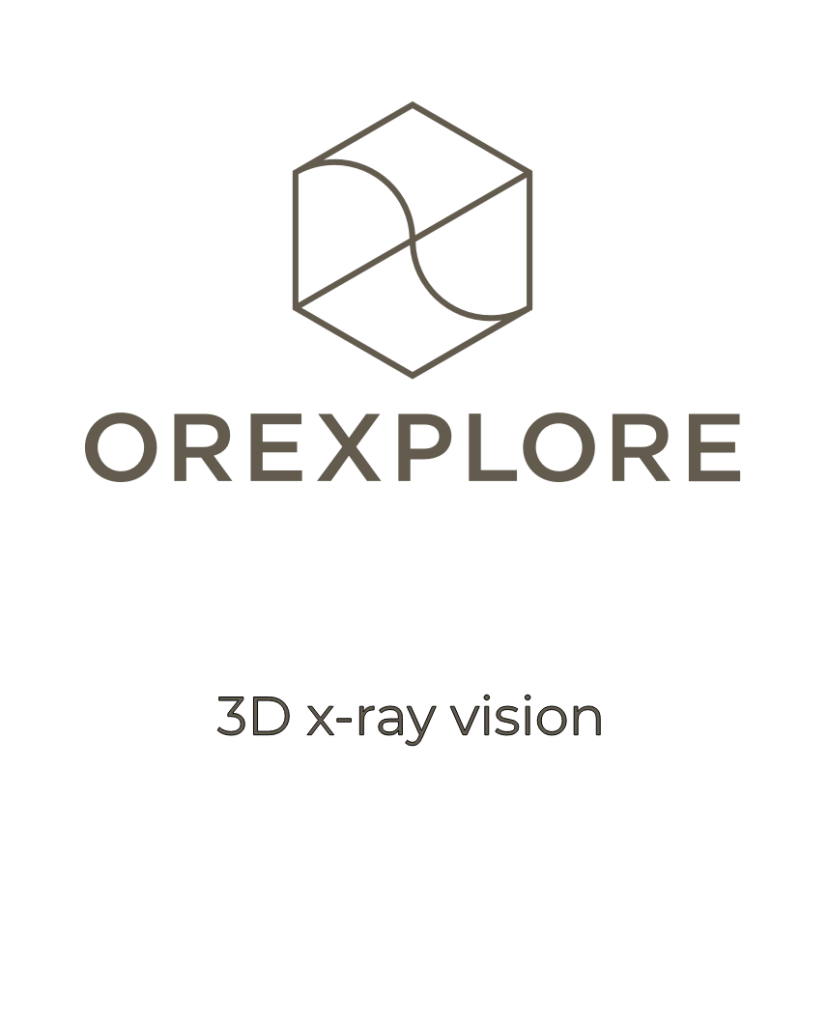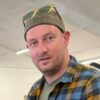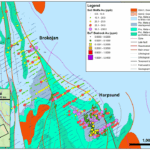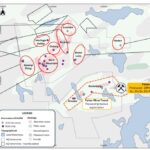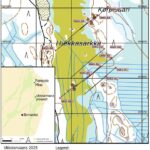An introduction to the Nordics' most important copper projects
With everyone scrambling to get their hands on a good copper project these days and prices expected to rise further over the next years, I thought it was time to start this series about my favorite metal.
Before diving into the history of copper in Scandinavia we need to look at some numbers to understand the importance of each deposit and what their combined copper output means for Europe. While the world currently needs around 25 million tons of copper, the EU’s annual copper consumption is approximately 3 million tons, about half of which appears to be produced via recycling. When it comes to primary production, the EU countries have a more or less consistent annual production of around 800,000 tons, with roughly half of the input coming from the Polish Kupferschiefer operations.
In recent years, the contribution from the Nordic countries has been limited to Sweden and Finland, producing between 80,000-100,000 tons and 30,000 tons, respectively.

In Sweden, most copper comes from the world class Aitik mine, which produces around 60,000-80,000 tons of copper per year, with the remainder coming from Boliden’s mines in the Skellefte district (4,000-5,000 tons) and Zinkgruvan in the south of the country (some 5,000 tons). In Finland, most of the copper comes from Kevitsa (some 18,000 tons) and from Terrafame’s bioheapleaching operation, amounting to a total of around 30,000 tons.
Together, the Nordics account for less than 15% of the inner European production, which is, based on the highly prospective geology and long mining history, way below the regions potential. Interestingly, this number could move up to somewhere around 40% if all the projects currently stuck in permitting and development limbo were to come online. While certainly not enough to solve the looming shortage, the additional output from these deposits would help to relieve some of the pressure.
The graphic below highlights the most important of these deposits in addition to key historical and current copper producing mines. (reach out if I forgot some that contain more than 100,000 tons of copper).

While Sweden has several good, moderately sized projects in the pipeline, the most important one in terms of contained copper and potential annual production is Laver, a porphyry with more than 2 million tons of contained copper, very similar in style to the three-billion-ton Aitik deposit.
With almost 1 million tons of contained copper at grades of nearly 2%, Sakatti is the most important development project in Finland. In Norway, Nussir takes the top spot with a potential annual production of around 20,000 tons of copper.
When adding the inferred production from the development projects mentioned above to the existing output, the annual Nordic production could increase to somewhere around 300,000 tons.
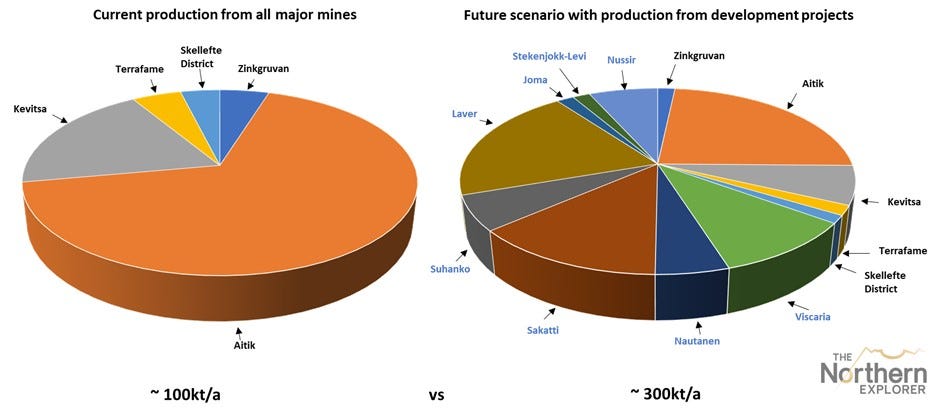
Plotted on a grade-tonnage curve, a somewhat familiar pattern for regions with a long mining history emerges. Most of the historically mined deposits are of significantly higher grade (often of massive sulfide style) compared to the currently producing operations.

In the next part of this series, we will take a more detailed look at the region’s most important projects before zooming in on some of the more interesting areas from a prospector’s perspective.
In the meantime, check out this article from
that provides a neat summary of mining in the EU in its entirety.
Keep exploring,
/Nico


